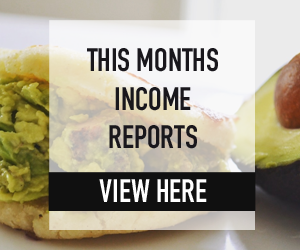La Chamba pottery is a type of traditional ceramicware that originates from the town of La Chamba in the Tolima region of Colombia. It is known for its distinctive black color and its durability, and it has been used by generations of Colombians for cooking and serving food.
The history of La Chamba pottery dates back to the pre-Columbian era, when the indigenous peoples of Colombia used clay from the nearby Magdalena River to make pottery. Over time, the pottery-making techniques of these indigenous peoples were passed down from generation to generation, and La Chamba pottery became an important part of the region’s cultural heritage.
Today, La Chamba pottery is still made using traditional methods. The clay is carefully sourced from the Magdalena River and is mixed with water and other natural materials to create the right consistency. The clay is then shaped into pots, pans, and other forms using molds or by hand.
After the pottery is shaped, it is left to dry in the sun for several days. Once it is dry, it is fired in a wood-fired kiln at a high temperature, which gives it its distinctive black color. The pottery is then cooled and polished to give it a smooth finish.
La Chamba pottery is known for its durability and versatility. It can be used on the stove, in the oven, and on the grill, and it is resistant to thermal shock and high temperatures. This makes it an ideal choice for cooking and serving all kinds of food, from soups and stews to roasted meats and vegetables.
La Chamba pottery is widely available in Colombia, and it can also be found in many other countries around the world. It can be purchased at specialty shops, at artisan markets, and online, and it makes a beautiful and functional














